RAW vs JPEG: Key Takeaways
- RAW files are uncompressed, unedited images straight from your camera’s sensor; JPEGs are compressed files (and are edited in-camera)
- RAW files offer greater dynamic range to work with in post-processing; you can recover clipped highlights/shadows
- JPEG files can suffer from banding issues, especially after significant post-processing
- RAW files let you apply different white balances when editing
- RAW files offer greater post-processing flexibility overall
If you’re looking to produce the best possible photos, then you absolutely need to be shooting in RAW.
In other words, the RAW vs JPEG question is closed.
There’s no way around it because RAW files are better than JPEGs (and HEIFs) in pretty much every way.
That’s what this article is about: Explaining five key reasons why you should be working in RAW.
So if you’re skeptical about RAW superiority over JPEGs now, by the end of this article, you won’t be.
Let’s get started.
RAW vs JPEG:
What Are RAW Files?
First things first:
What actually are RAW files? It’s fairly simple, really:
RAW files contain the photo data from the moment of capture.
In other words, RAW files include everything your camera capturing when you initially pressed the shutter button. So RAW files have the original color data, the original tonal data, etc. That’s why RAW files are so big: They contain everything the camera captured.
It’s only once you take this data and compress it that you end up with other file formats, such as JPEGs.
This photo began as a RAW file, and only became a JPEG once I had processed it:

What Are JPEGs?
JPEG is a compressed image file format.
Technically speaking, JPEGs start out as RAW files in-camera, but then they’re immediately compressed to become smaller images. So if you tell your camera to shoot in JPEG, it’s really just compressing RAW photos on the fly, taking files with the original shooting data and discarding pieces of information to make a JPEG.
Note that smaller files are easier to both store and handle–but in becoming that small, they lose a lot of information. This has lots of unwanted effects, mostly in terms of how you can edit your images.
That said, JPEGs are one of the easiest ways to display your images on the web, whereas RAW files cannot be displayed.
This image displayed on-screen here was uploaded as a JPEG (as is every other image displayed in this article):
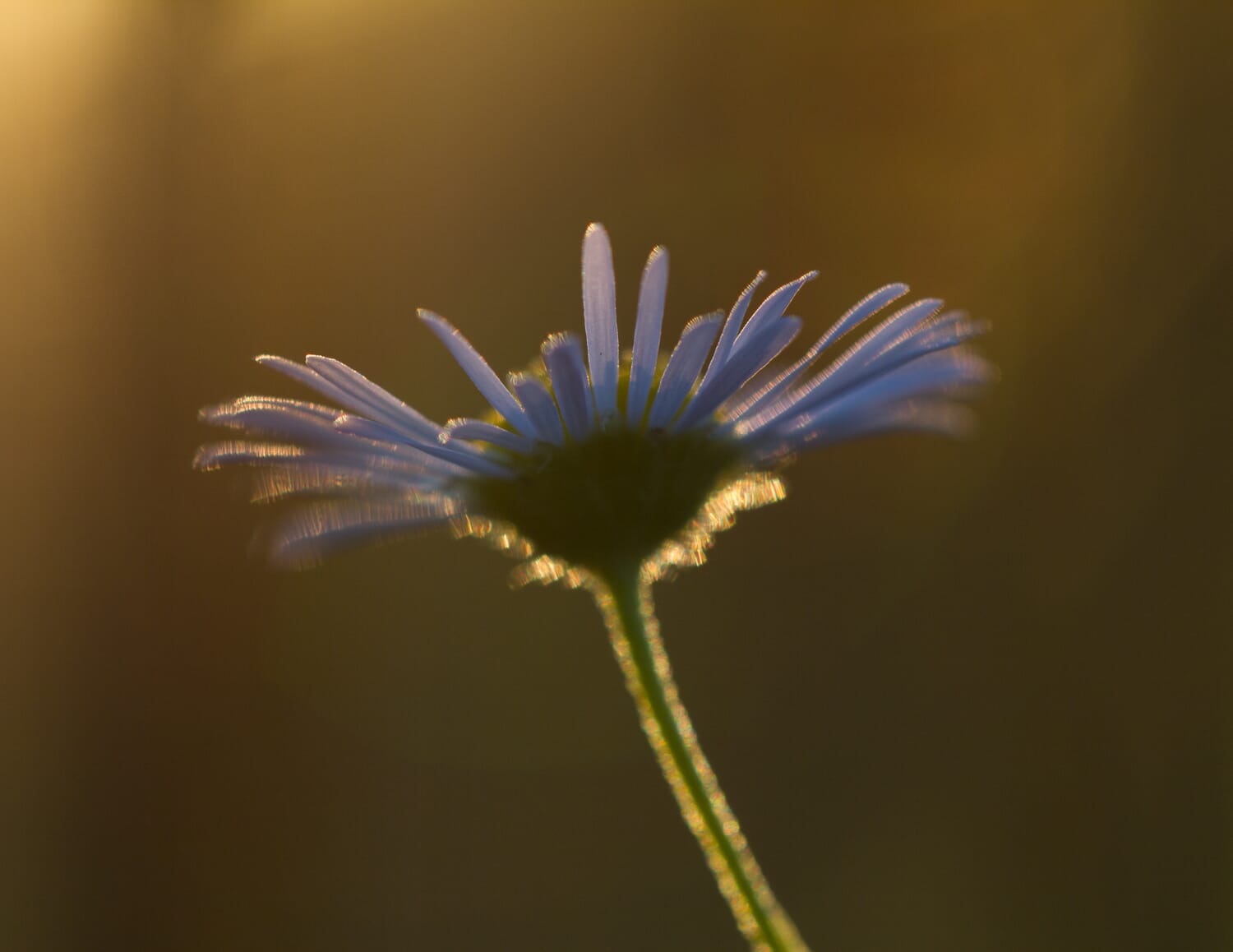
So most photographers take photos in RAW, do their photo editing in RAW, and then convert to the JPEG file format as a final step. As soon as they convert their photos to JPEGs, that’s it. The editing is over.
Because RAW is for shooting and editing.
JPEGs are only for display.
Read on to find out why:
1. RAW Files Portray Greater Dynamic Range Than JPEGs
Dynamic range refers to the spectrum of tones in a scene that can be captured by a camera (or file format).
So if you were to photograph a scene with very gray, very average midtones, there wouldn’t be much dynamic range at all, and pretty much any camera or common file format could handle it.
This shot has very minimal dynamic range; it’s all greens, with a bit of gray and yellow in the background:
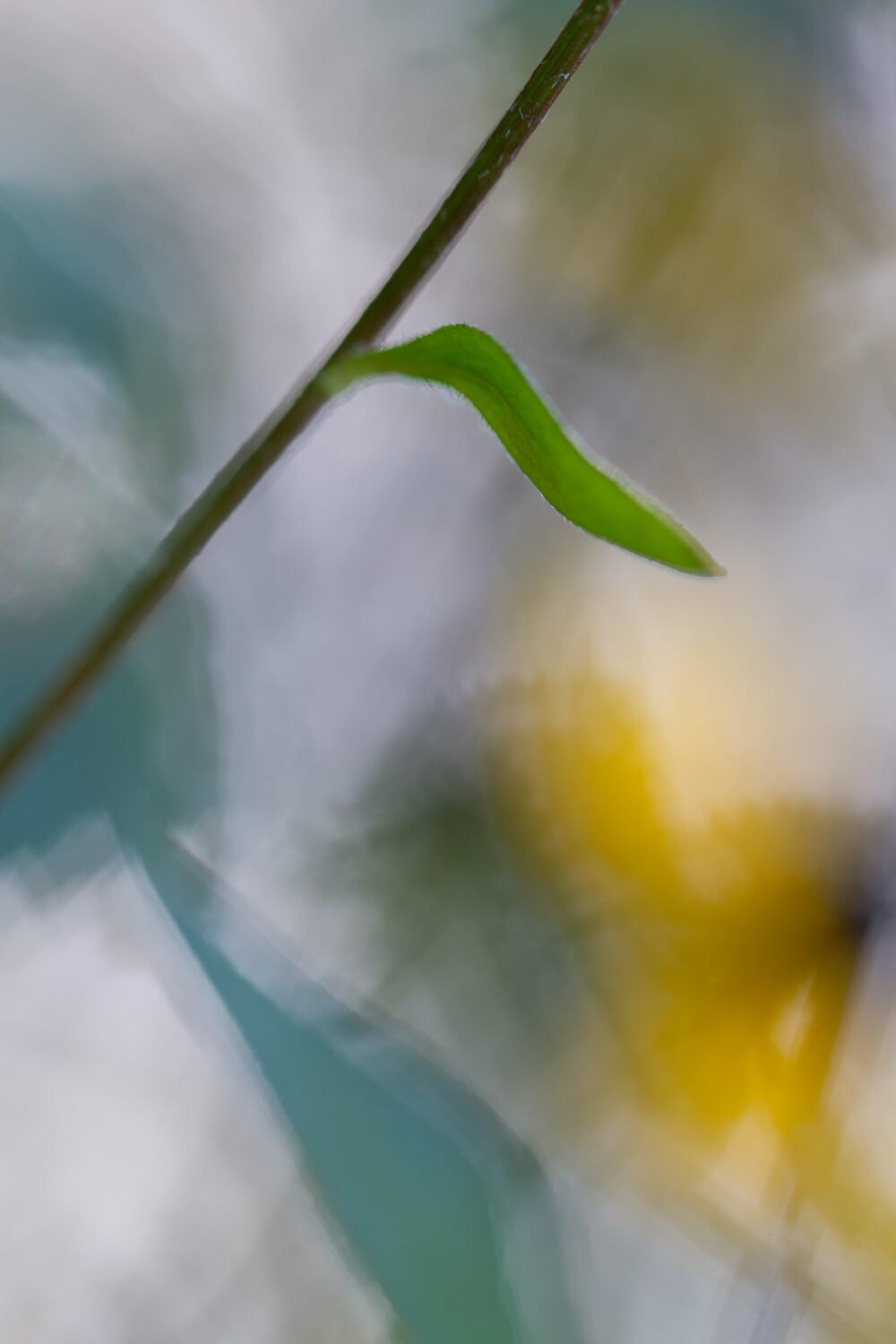
But if you were to photograph a scene that has lots of bright whites and dark blacks, some cameras would struggle to render the whites and blacks without losing detail (i.e., clipping part of the shot).
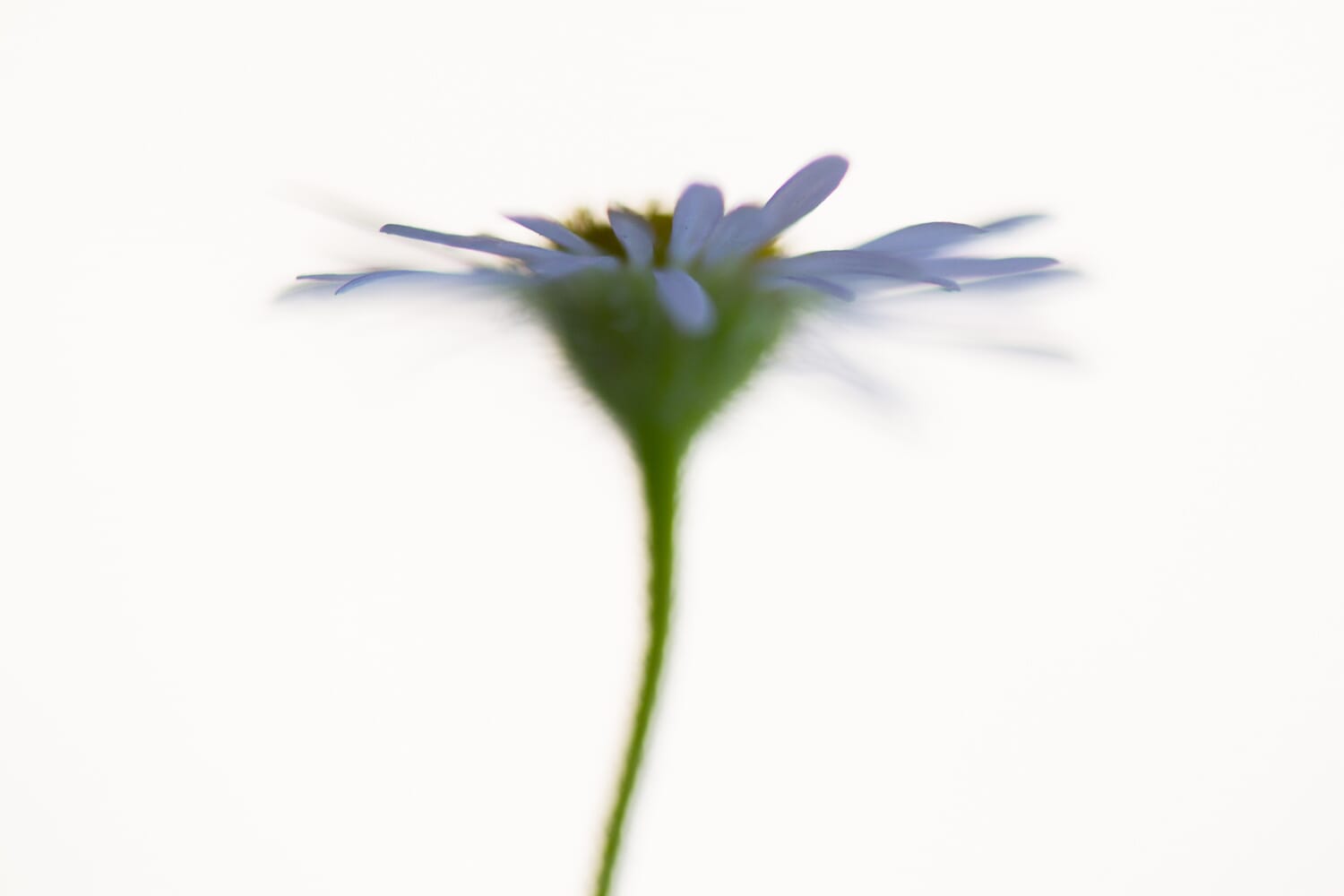
And so would some file formats.
JPEGs will often truncate the tonal range of a photo, resulting in blown-out highlights and lost shadows. Even if your camera has the ability to handle high dynamic range scenes, if your camera shoots JPEGs it will lose the data in the extreme tonal areas of the photo.
And it’ll ruin your image.
RAW files, on the other hand, can handle a lot more dynamic range than JPEGs.
So you’ll retain far more data from a high dynamic range scene.
This is very important when it comes to detail recovery:
2. You Can Recover Far More Blown Highlights and Shadows with RAW Files
As I mentioned above, RAW files contain more data than JPEGs.
And included in that data is data for higher dynamic range scenes. Plenty of the information in a RAW file won’t be displayed on your monitor. But you can take control of it with editing!
What does this mean?
It means that, if your photo has blown-out highlights or too-dark shadows, you can use that RAW data to bring the detail back into the scene. The sliders in a program like Lightroom will help you do this with ease, taking too-white areas and giving them detail, taking all-black areas and opening them up.
A shot like this would have a very dark background if not for RAW shadow recovery:

That’s the power of RAW.
Basically everyone, no matter their experience level, no matter their camera, needs to recover detail at some point. This is often because you’ve overexposed or underexposed the image.
In that sense, RAW files are much more forgiving than JPEGs.
You can just open your RAW image in a RAW editing program, do a bit of work with the sliders, and–voila!–the details will appear.
Cool, right?
Compare that to JPEGs, where blown-out whites tend to remain as blown-out whites, no matter what you do.
And all-black shadows tend to remain as all-black shadows, even with every bit of Photoshop magic in the world.
3. RAW Files Have Fewer Banding Problems Than JPEGs
Now let’s look at a reason to shoot in RAW that primarily affects landscape photographers (or any photo with an in-focus sky):
Banding.
You see, banding is a phenomenon where the sky doesn’t have enough information to portray a smooth color transition, so it creates a banded effect. It’s as if the colors are stair-stepping from value to value.
But here’s the thing:
Banding is rarely an issue with RAW files. RAW files retain far more color information, and so smooth gradations of color are very easy for RAW files to pull off. You can go adjust colors and tones in post-processing without a hitch.
A photo like this could have banding in the background, if not for the increased data that comes from a RAW file:

Note that, when you convert a RAW to a JPEG for display, while the JPEG has less color information to work with, it’s not so little information that banding becomes a problem.
But…
If you shoot JPEGs from the very beginning, then you go and mess with the tones and colors in a post-processing program, you may end up with banding. This comes about because you’re starting with less color information–and then you’re stretching it out, trying to make it shift in a way that wasn’t captured.
Skies won’t have the information left to portray smooth transitions.
And the banding begins.
So, to prevent banding, shoot in RAW.
And only convert to JPEGs once you’ve done your editing.
4. RAW Files Let You Deal with White Balance in Post-Processing
I’ve already talked about how RAW files have more color information than JPEGs.
But this enhanced color doesn’t just affect banding. It also gives you more flexibility in other ways – such as with white balance.
You see, white balance refers to the process of correcting color casts in images. In other words, it’s about making the whites look a pure white, rather than a warm white or a cool white or a green-white, etc.
Now, pretty much all cameras give you the option to set the white balance when you’re out shooting.
But this is cumbersome. It’s annoying to have to remember to do this whenever the light changes. It’s much easier to just deal with it in post-processing.
And if you shoot RAW files, you can do this. You can set the white balance to Auto, and let your camera take care of it. Then, during post, you can make any necessary modifications to the white balance without sacrificing any image quality at all.
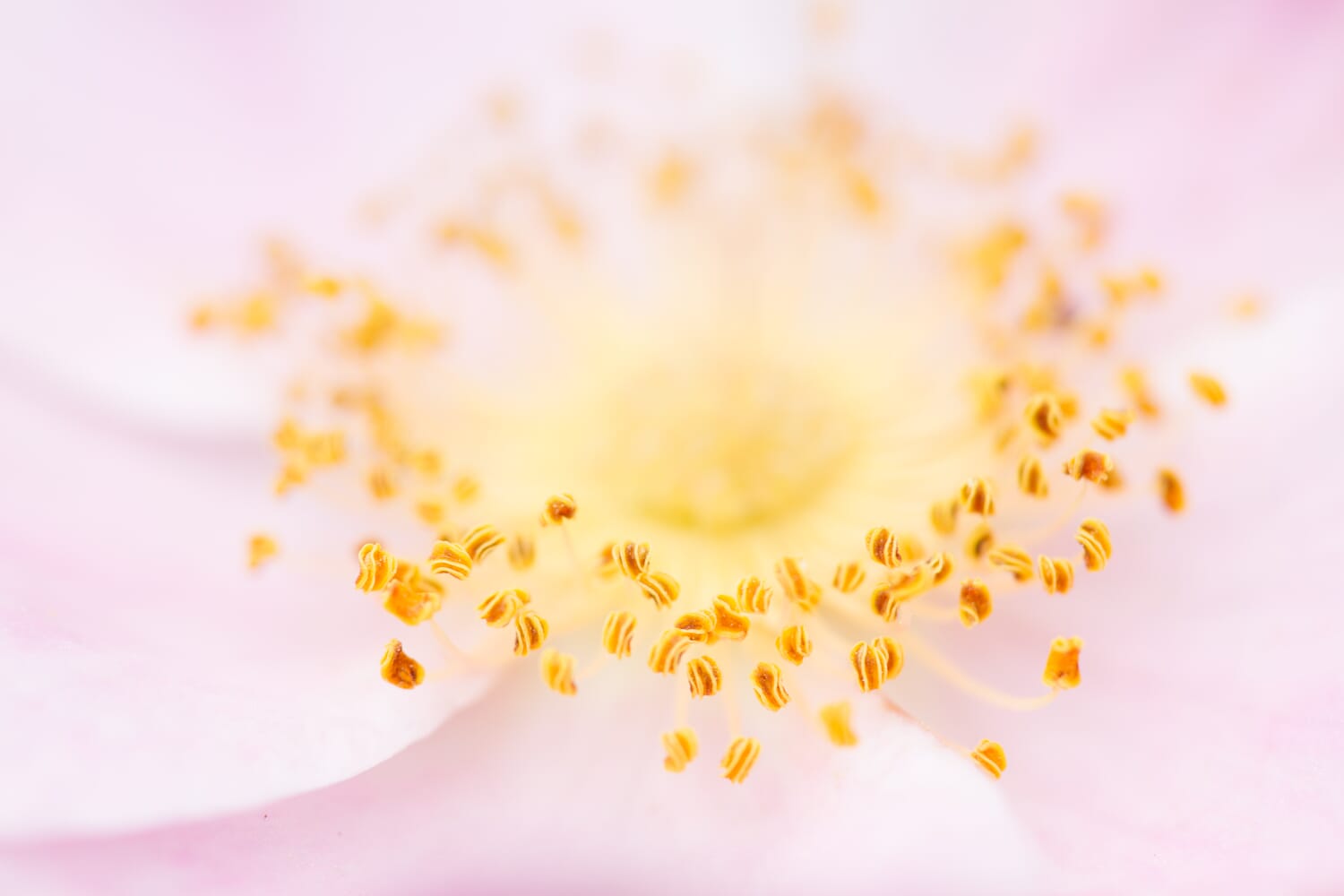
But if you shoot JPEG files, the white balance you choose while shooting is the white balance you’re stuck with.
(Technically you can modify the white balance a bit, but nowhere near what you can do with a RAW file. )
Now, if you want to shoot JPEGs, but you don’t like the idea of constantly choosing a white balance while out shooting, you can set the camera to Auto white balance. And it’ll do a good job.
But sometimes, it’ll mess up. It’s not perfect. And you’ll be stuck with a blue, yellow, green, or purple photo, wishing you had shot in RAW!
5. RAW Files Give Greater Post-Processing Flexibility
You’re probably starting to see the pattern, here:
One of the best things about RAW photos is that they offer a great amount of post-processing flexibility.
You can do so much more with RAW files in post than you can with JPEGs. You can change the white balance. You can recover lost shadows. You can recover blown highlights. You can increase the contrast without banding, you can do seamless selective color adjustments, and more.
That’s what RAW offers.
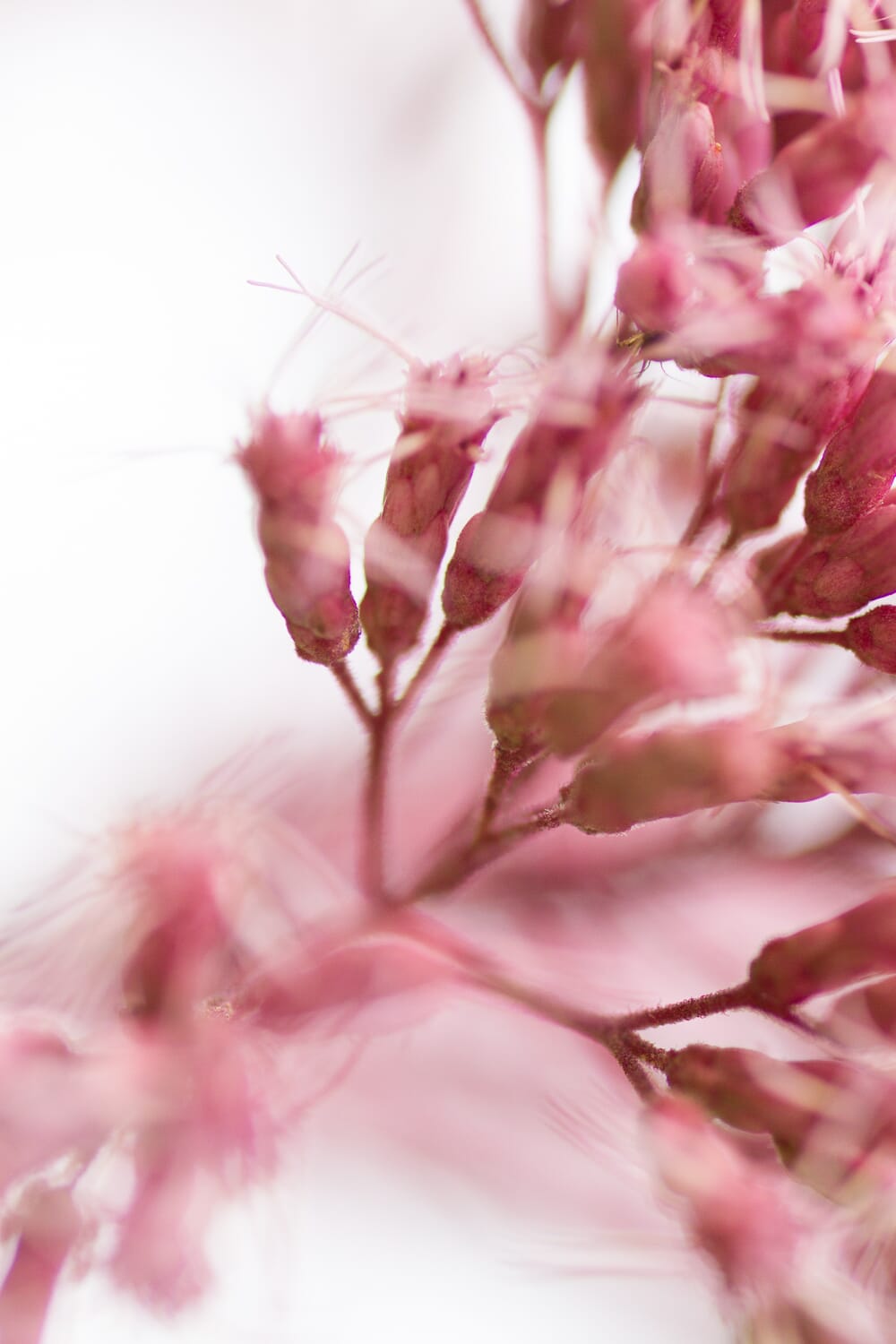
And it’s why you should never shoot in JPEG, even if you don’t like to do post-processing.
Because the day may come when you want to post-process your photos.
And when that happens, you’re going to want that extra data offered by RAW files. You’re going to want that extra flexibility.
Conclusion
Hopefully, you now understand why I wholeheartedly recommend shooting in raw mode vs jpeg mode.
RAW files are better in every way, with the exception of file size and file convenience/accessibility.
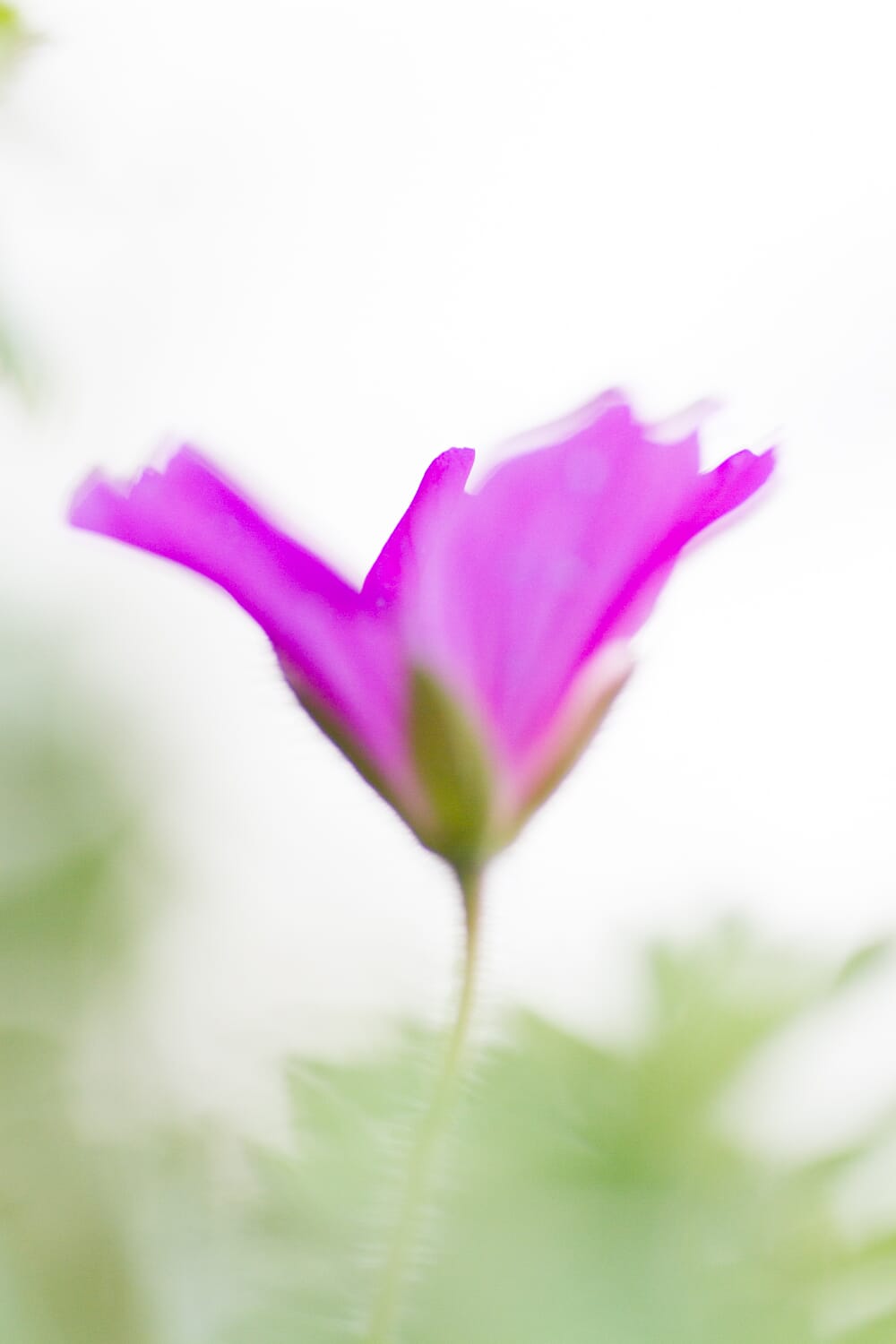
But a good RAW editor will take care of the accessibility issues, and if you don’t feel like having to convert lots of images from RAW to JPEG, go ahead and shoot with the RAW+JPEG mode. This will give you JPEGs for quick uploading and sharing, but you’ll still have the RAW files for future editing.
And while external hard drives quickly become a necessity with RAW files, it’s worth it.
They just offer too much!
Should I shoot in RAW or JPEG?
I recommend that you shoot in RAW. RAW files retain all of your image information from the moment of capture, which gives you greater post-processing flexibility and ultimately better-looking pictures.
Which is better, RAW or JPEG?
Neither RAW nor JPEG is the better file type; they’re just good for different things. RAW is good for capturing photos and editing photos, while JPEG is good for displaying photos on the web and sending photos over Facebook, email, and more.
Why should you shoot in RAW?
I recommend you shoot in RAW because it gives you far more post-processing flexibility. You’ll be able to recover blown highlights and lost shadows. You’ll be able to deal with your white balance after shooting (rather than in the field, which is often a pain). You’ll be able to prevent banding.
Why should you shoot in JPEG?
I don’t recommend you shoot in JPEG. However, if you like the convenience of JPEGs, you can set your camera to shoot RAW+JPEG files, which will store JPEGs along with the RAW images, and give you the best of both worlds: the fast viewing and sharing of JPEGs, and the great flexibility of RAW files.
Can you adjust the white balance of JPEGs?
You can make minor adjustments to the JPEG white balance. But you can’t fundamentally reset (and start over) the white balancing process like you can with RAW images. So it’s best to shoot in RAW if you want to tweak the white balance later.
